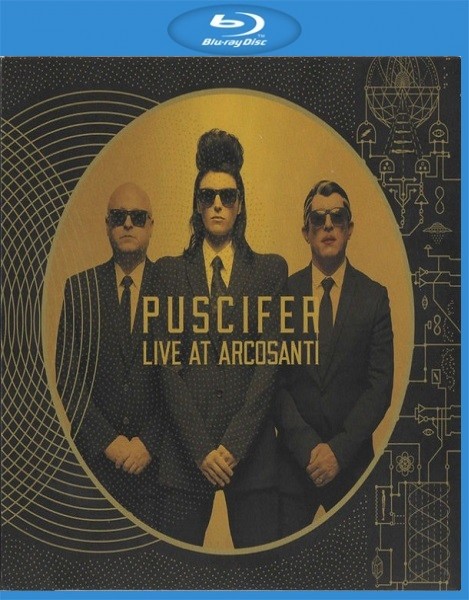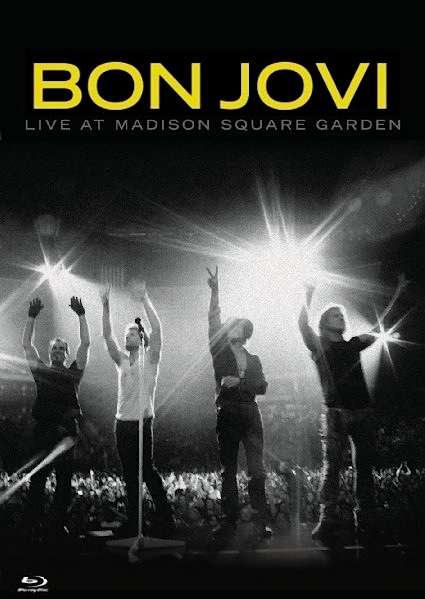![Paul Meyer, Orchestre de Chambre de Lausanne - Spohr: The Forgotten Master (The 4 Concertos for Clarinet) (2012) [Official Digital Download 24bit/44,1kHz] Download](https://imghd.xyz/images/2022/10/10/zgh3dz8q32gta_600.jpg)
Paul Meyer, Orchestre de Chambre de Lausanne – Spohr: The Forgotten Master (The 4 Concertos for Clarinet) (2012)
FLAC (tracks) 24 bit/44,1 kHz | Time – 01:32:04 minutes | 849 MB | Genre: Classical
Studio Masters, Official Digital Download | Digital Booklet, Front Cover | © Alpha Classics
We are only just beginning to rediscover the works of Louis Spohr (1784-1859), who was not only a composer, but also a virtuoso violinist, possibly the greatest conductor of his time, and a renowned teacher – a man who played a leading role in musical life in Germany in the nineteenth century. His works – almost three hundred, covering many genres – bear the mark of Viennese Classicism, but his harmonic research announces the advent of the Romantic period.
Ten or so of his compositions require the clarinet, including four concertos, belonging to two different periods in his life. Wishing to be as faithful as possible to the original works for this recording on the Alpha label, the clarinettist and conductor Paul Meyer approached the Internationale Louis Spohr Gesellschaft in Kassel, which possesses the original manuscripts of the Fourth Concerto, the sketches for nos. 3 and 4, and copies of the manuscripts of nos. 1 to 3.
This magnificent performance by Paul Meyer, soloist and conductor, with the Orchestre de Chambre de Lausanne, gives us an opportunity to discover (or rediscover) these very fine works.
(more…)
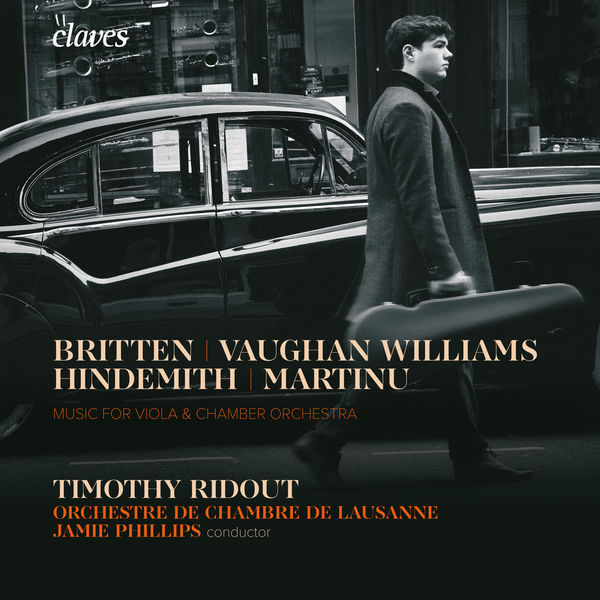
Timothy Ridout, Orchestre de Chambre de Lausanne & Jamie Phillips – Music for Viola & Chamber Orchestra: Vaughan Williams, Martinů, Hindemith & Britten (2020)
FLAC (tracks) 24 bit/96 kHz | Time – 01:08:25 minutes | 1,27 GB | Genre: Classical
Studio Masters, Official Digital Download | Front Cover | © Claves Records
The wealth of music composed for the viola in the 20th century almost lets one forget the dearth of it in the 19th, which brought forth only two solo works of note: Hector Berlioz’s Harold in Italy, a concerto commissioned by Paganini that sidelines the viola so much he refused to play it; and Richard Strauss’s Don Quixote, in which the solo viola is relegated to the part of the Don’s sidekick Sancho Panza. Sidelined and sidekicked – the viola’s fate seemed a fulfilment of the oft-quoted line from Quantz’s sometime flute treatise that “the viola is largely regarded among musicians as being of little significance”. It was only really in the 20th century that composers realised that the viola’s status of an in-between instrument could actually be to its advantage. It’s bigger than a violin, but tuned like a cello, and is both warmer in tone than the former, and much more agile than the latter. The viola then had the good fortune to become the preferred instrument of several important composers. Ralph Vaughan Williams (1872-1958) briefly toyed with going professional on it; Paul Hindemith (1895-1963) went the whole hog and made a living from it in the Amar Quartet and as a soloist; and Benjamin Britten (1913-1976) too was a violist, though he kept his public performing activities to the piano and the podium.
Read more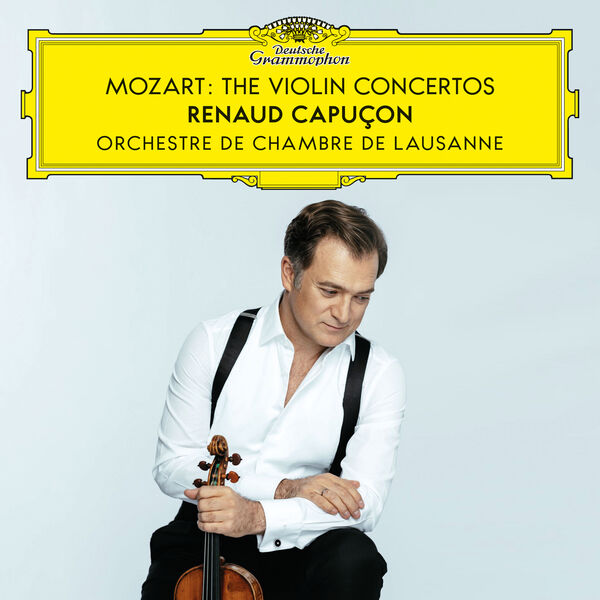
Renaud Capuçon, Orchestre De Chambre De Lausanne – Mozart: The Violin Concertos (2023)
FLAC (tracks) 24 bit/96 kHz | Time – 02:00:51 minutes | 2,11 GB | Genre: Classical
Studio Masters, Official Digital Download | Front Cover | © Deutsche Grammophon (DG)
Mozart: The Violin Concertos, recorded with the Orchestre de Chambre de Lausanne (OCL), of which Capuçon is Artistic Director. Mozart has been at the heart of the OCL’s repertoire since its foundation in 1942, and the orchestra’s extensive discography already includes acclaimed recordings of the composer’s complete piano concertos and serenades and other works. Now Mozart: The Violin Concertos reflects the rapport that Renaud Capuçon and the OCL have developed since the former became the ensemble’s Artistic Director at the start of the 2021 22 season.
Assuming the dual role of soloist and director, Capuçon turned to the subtle musical complexities of the concertos armed with a feeling for their spontaneity and a determination to bring them to life in the moment. Recorded last September at Lausanne’s Théâtre de Beaulieu, the 2-CD album also includes the Rondo in C major K 373 and Adagio in E major K 261.
Read more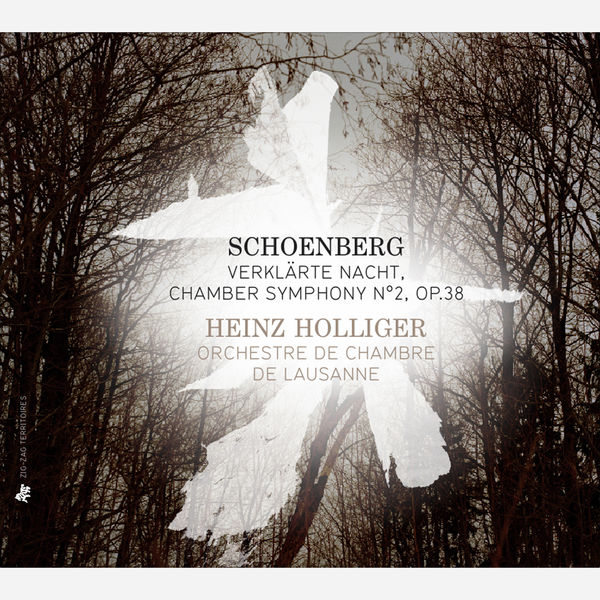
Heinz Holliger, Orchestre de Chambre de Lausanne – Arnold Schönberg : Verklärte Nacht, Op. 4 – Chamber Symphony No. 2, Op. 38 (2013)
FLAC (tracks) 24 bit/88,2 kHz | Time – 01:03:26 minutes | 1,02 GB | Genre: Classical
Studio Masters, Official Digital Download | Front Cover | © Zig-Zag Territoires
For this release from Zig-Zag Territoires, Heinz Holliger leads the Orchestre de Chambre de Lausanne in two works of Arnold Schoenberg, the string orchestra version of Verklärte Nacht, and the Chamber Symphony No. 2, followed by Anton Webern’s Langsamer Satz, also arranged for string orchestra. All three pieces are tonal, predating the development of atonality and the later twelve-tone system, with which these composers are most strongly associated. Yet they also show a pushing of the boundaries of tonality, revealing the need both men felt for liberating harmonies and keys from the strictures of 19th century common practice. Verklärte Nacht is clearly in the key of D minor, though it’s intense chromaticism makes it unstable and restless, rather in the style of Wagner’s Prelude to Tristan und Isolde. The Chamber Symphony No. 2, rendered in neo-Classical style, clearly has a tonal orientation, but the quartal progressions and angular counterpoint create ambiguity and harmonic resolution is consistently avoided. Webern’s movement, originally written for string quartet, is similar to Verklärte Nacht in its unstable chromatic harmonies, though it conveys much warmer post-Romantic expressions. Holliger and his musicians give these pieces clear, concise readings that focus the pieces and make them comprehensible, even in their densest passages. Zig-Zag’s sound is exceptional in its presence and depth, and the transparent separation of parts is especially helpful for listeners following scores.
Review by Blair Sanderson
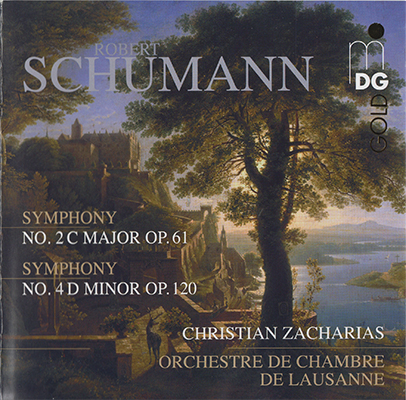
Christian Zacharias & Orchestre de chambre de Lausanne – Robert Schumann: Symphony No. 2 C Major Op. 61 – Symphony No. 4 D Minor Op. 120 (2012)
SACD ISO (2.0/MCH): 3,62 GB | 24B/88,2kHz Stereo FLAC: 863 MB | Full Artwork | 3% Recovery Info
Label/Cat#: MDG “Gold” # 940 1745-6 | Country/Year: Germany 2012
Genre: Classical | Style: Romantic
SCHUMANN: Symphony No. 2 in C Major, Op. 61; Symphony No. 4 in D Minor, Op. 120 – Orch. de chambre de Lausanne/ Christian Zacharias – MDG multichannel SACD (2+2+2) MDG 904 1745-6, 64:51 [Distr. by E1] ****1/2:
Schumann once posed the question wither sonata form after Beethoven? The older master’s innovations in his late sonatas, quartets, and symphonies had redefined the sonata, taking it to its apogee as a form but also, Schumann feared, to a point of no return. And yet Schumann did revisit sonata form, hoping in his symphonies to say something in fresh musical language and with fresh ideas as to architecture.
He probably got some inspiration from Mendelssohn, whose Second Symphony employed cyclic form on a limited scale and whose Third Symphony is marked by an attempt at unity through a continuous flow from movement to movement and boldly introduces entirely new material at the end of the finale. Schumann follows suit in the finale of his Symphony No. 2 and creates unity in the work through a motto figure that appears at the very beginning and recurs in subsequent movements. The Fourth Symphony, his most radical attempt at symphonic integration, follows the continuous-flow model of Mendelssohn’s Third and achieves unity through the metamorphosis of the opening theme, the transmogrified melody acting as the principal theme in each of the subsequent movements.
Except for the structural innovations in these two works, they’re very different in character. The relatively short Fourth Symphony could almost be described as a fantasy for orchestra, and I’ve even read that Schumann toyed with the idea of introducing a mandolin in the piece, which would have underscored this fact. On the other hand, there is a classic tragedy-to-triumph program behind the Second Symphony. In the mid-1840s Schumann suffered near-incapacitating bouts of depression and later confessed that the symphony reflects his morbid condition at the time as well as his attempt to mobilize himself against the forces of despair. Hence, the motto theme that appears in the trumpets at the very start of the work could be seen as a call to action; it recurs in the second and fourth movements, briefly in the second, brazenly, heroically in the fourth, signaling a hard-won victory. This is Schumann’s most personal symphony and, I’ve always thought, his finest.
On the other hand, Schumann’s Fourth Symphony was marked not by a sense of triumph at its premiere but of failure. It made such a poor impression on its first audience—probably because of Schumann’s radical ideas of form in the symphony—that the composer decided to shelve it. Ten years later, in 1851, while acting as music director in Düsseldorf, Schumann revised the work, publishing it as his Op. 120. It’s the version usually heard today— though the 1841 version has had its adherents over the years, including Brahms, wo found its orchestration more transparent and colorful. Some critics conclude that the thicker orchestration in the later version is the result of Schumann’s deficiencies as a conductor. By doubling the parts, he ensured that if one instrument or group of instruments failed to come in at the right time, another would probably do the trick. The trouble with the first version of the symphony is that the all-important transition from the scherzo to the finale is halting and awkward, while it is majestic and highly effective in the 1851 version. So, gains and losses.
Actually, the second version sounds sprightly, not at all heavy, in this rendition by Christian Zacharias. The use of a chamber orchestra gives us the best of both worlds since we can enjoy the compositional superiority of the second version without the heavy aftertaste of Schumann’s Düsseldorf-era orchestration. With the Second Symphony the benefits are less obvious. Schumann’s orchestration is at its most effective in this symphony, and he builds some mighty climaxes in the first and fourth movements that a chamber orchestra can’t do full justice to. On the other hand, Zacharias’s interpretation is a breath of fresh air—straightforward, unaffected, emotionally on-cue, and the orchestra responds with verve and color. This is an excellent performance even if it seems a bit small-scale at points.
Producer and recording engineer Werner Dabringhaus does excellent work in the Métropole of Lausanne. Since the CD cover notes this as Volume 1, we can expect the First and Third Symphonies to follow. That should be worth waiting for. I hope Zacharias and his band will be given further assignments; this SACD speaks well to the partnership.
—Lee Passarella audaud.com
Read more![Orchestre de Chambre de Lausanne, Joshua Weilerstein - Shostakovich: Chamber Symphony Op. 73a & Op. 83a (Arr. by Rudolf Barshai) (2021) [Official Digital Download 24bit/96kHz] Download](https://imghd.xyz/images/2023/04/01/erjlg9ax8nk6b_600.jpg)
Orchestre de Chambre de Lausanne, Joshua Weilerstein – Shostakovich: Chamber Symphony Op. 73a & Op. 83a (Arr. by Rudolf Barshai) (2021)
FLAC (tracks) 24 bit/96 kHz | Time – 01:12:32 minutes | 1,35 GB | Genre: Classical
Studio Masters, Official Digital Download | Digital Booklet, Front Cover | © Fuga Libera
Founded nearly eighty years ago, the Orchestre de Chambre de Lausanne enjoys an enviable reputation and has welcomed the greatest artists as its guests, from Clara Haskil and Alfred Cortot to Murray Perahia and Martha Argerich, from Paul Hindemith to Günter Wand. Despite its long history, the orchestra has had only six musical directors, including Armin Jordan from 1973 to 1985. The young American conductor Joshua Weilerstein succeeded Christian Zacharias in 2015. In addition to his conducting skills and his interest in rare repertory, he has also brought a love of musical outreach. His very popular podcast, “Sticky Notes”, discusses music in an accessible way.
(more…)

Orchestre de Chambre de Lausanne & Renaud Capuçon – Pärt: Tabula Rasa (2021)
FLAC (tracks) 24 bit/96 kHz | Time – 01:05:37 minutes | 1,20 GB | Genre: Classical
Studio Masters, Official Digital Download | Front Cover | © Warner Classics
“Arvo P”art’s music takes us from darkness to light”, says Renaud Capucon. “It looks relatively simple on paper, but each note needs to have its own life as it undergoes change. This music is not just relaxing – it has a depth and drama”. Renaud Capucon is the artistic director of the Orchestre de Chambre de Lausanne. His first recording with the ensemble is devoted to the Estonian composer Arvo P”art and among the eight works on the album are Spiegel im Spiegel, Tabula Rasa and Silouan’s Song.
Read more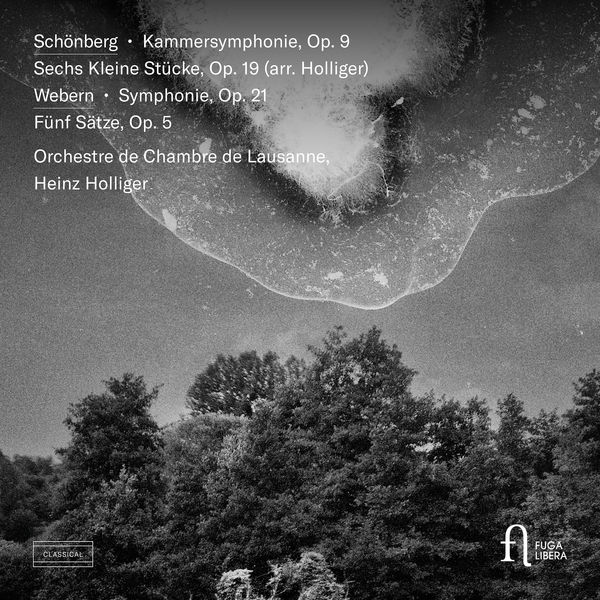
Orchestre de Chambre de Lausanne and Heinz Holliger – Schönberg: Kammersymphonie Op. 9, Sechs Kleine Stücke, Op. 19 (Arr. Holliger) – Webern: Symphonie, Op. 21, Fünf Sätze, Op. 5 (2022)
FLAC (tracks) 24 bit/96 kHz | Time – 53:32 minutes | 946 MB | Genre: Classical
Studio Masters, Official Digital Download | Front Cover | © Fuga Libera
In February 2021, when public concerts had been cancelled for several months, the musicians of the Orchestre de Chambre de Lausanne were able to meet behind closed doors on the stage of the Opéra de Lausanne in order to record this disc under the direction of Heinz Holliger. An album released in 2013 presented an earlier recording collaboration between the Bernese conductor and the Lausanne-based ensemble with two works by Schoenberg ( Verklärte Nacht and the Chamber Symphony No. 2 ) and an early piece by his pupil Anton Webern ( Langsamer Satz ). Nearly a decade later, the same performers are reunited and continue to highlight these two leading composers of the Second Viennese School.
Read more


